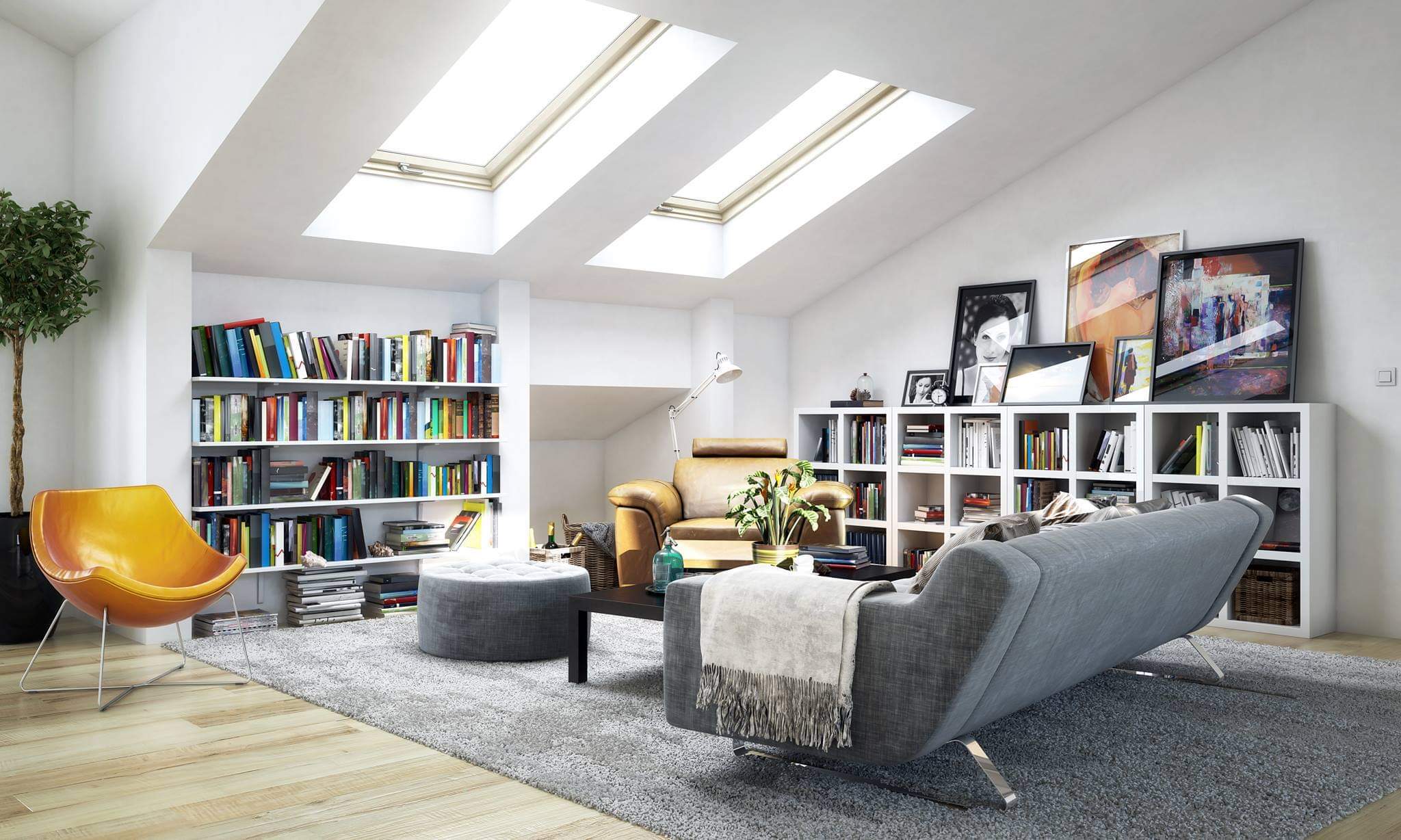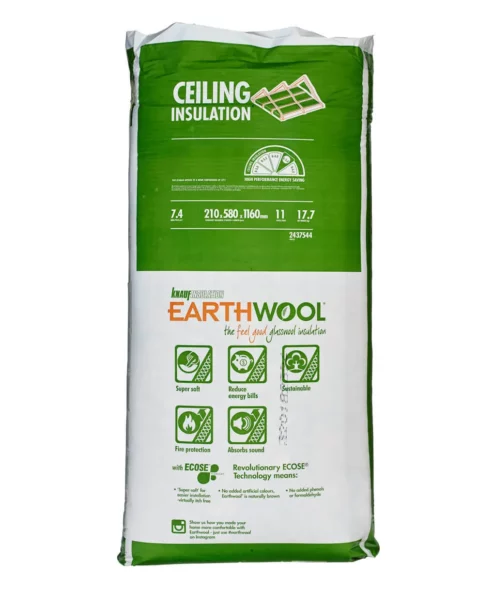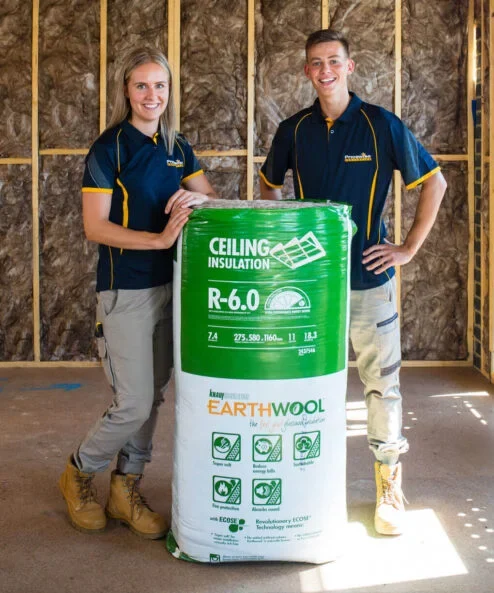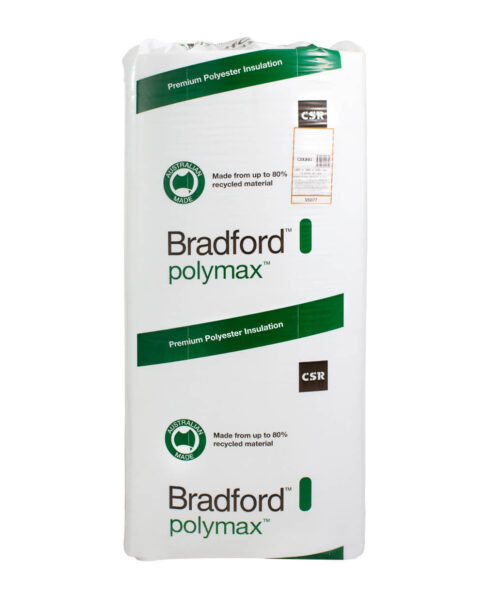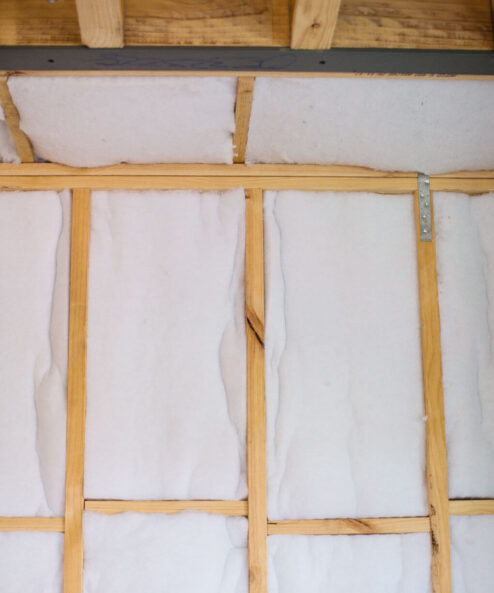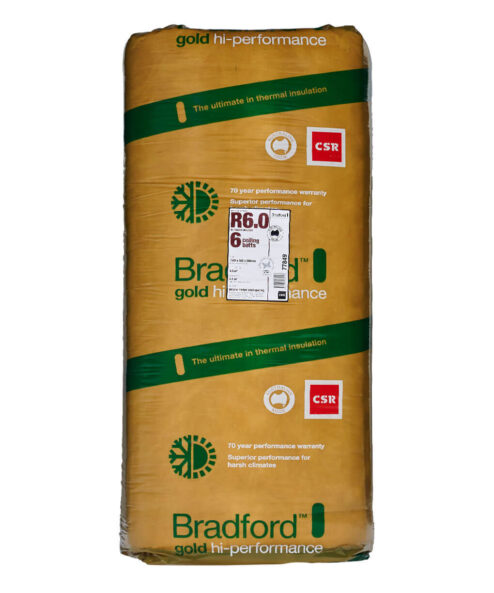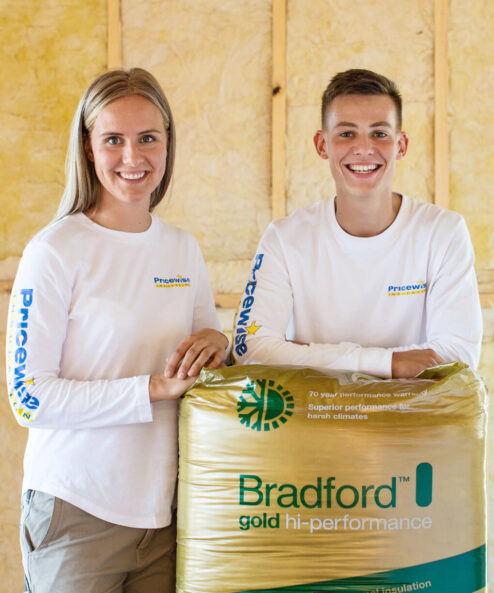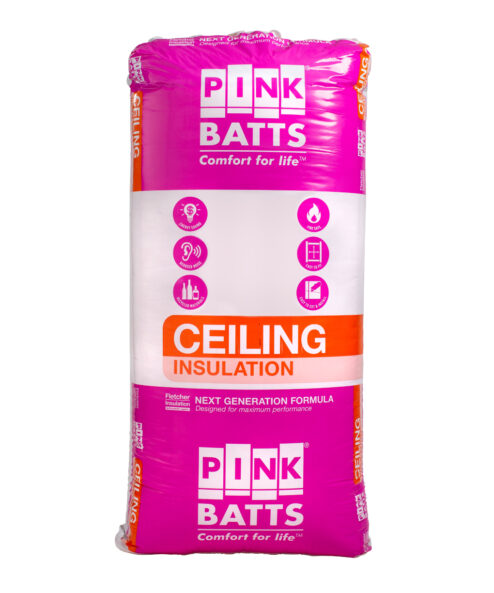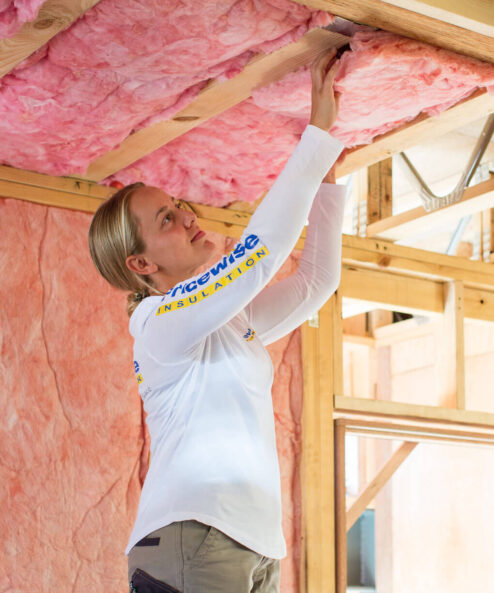Insulation Tips
Converting Your Attic into Living Space: A Guide to Insulation and Energy Efficiency
Why convert your attic?
Converting an attic (or even an unfinished attic) into a liveable space in your home can be a highly rewarding experience that can benefit the whole family. Here are four benefits of converting your attic into an energy-efficient and comfortable space upstairs:-
Increased living space
Attics aren’t exactly known for their comfort and liveability. But there’s no reason why your attic can’t be turned into a comfortable space to relax, read a book or even create a studio space or home office. Adding square meterage by making your attic a habitable space can revolutionise the way you live upstairs and can benefit the entire family. -
Adds value to your home
Square meterage equals value – and adding usable living space to your home will only increase your property’s value. For many homeowners, converting an attic or loft space from mere storage space into a comfortable room can be a worthwhile short and long-term investment. -
It’s relatively affordable
Compared to traditional renovations, attic conversions involve fewer resources and time to complete. With work usually being concentrated on a specific location, and with most of the structure already being in place – it’s more about filling in the blanks and ensuring the space is well insulated and protected. -
Improved insulation in your home
When you convert an attic into additional living space, you automatically help insulate the rest of your house by providing an added layer of protection to the lower levels. More details on this to come.
Attic insulation is essential
Insulation is important when converting an attic, but just how essential is it to get the right one? Given that over a quarter of heat is lost through your ceiling in an uninsulated home, and the same amount (up to 35%) of heat gain comes from the roof makes your attic a prime hotspot for heat loss during winter and heat gain in the summer.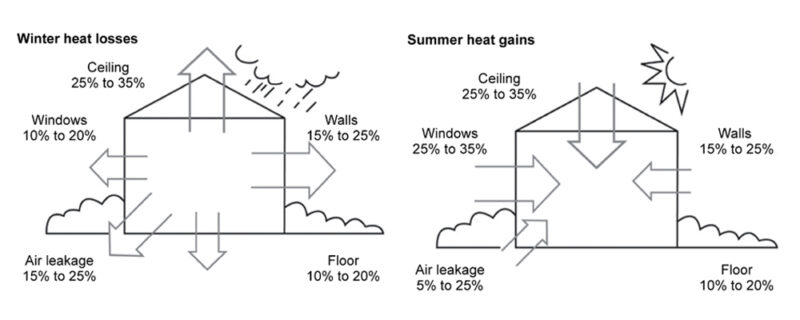 Source: https://www.yourhome.gov.au/passive-design/insulation
Source: https://www.yourhome.gov.au/passive-design/insulation



